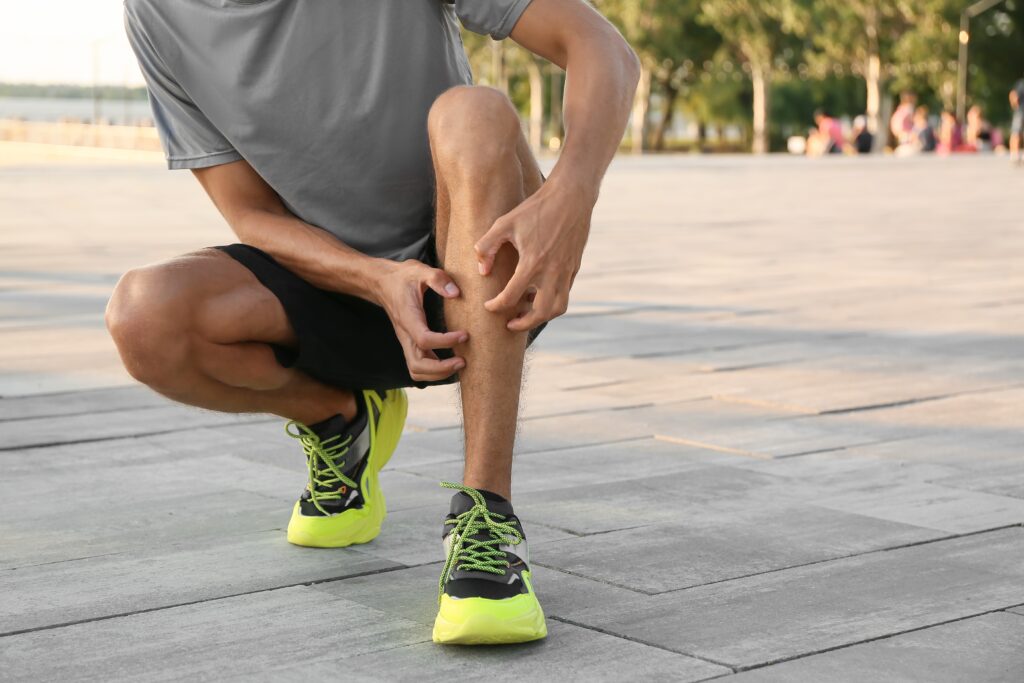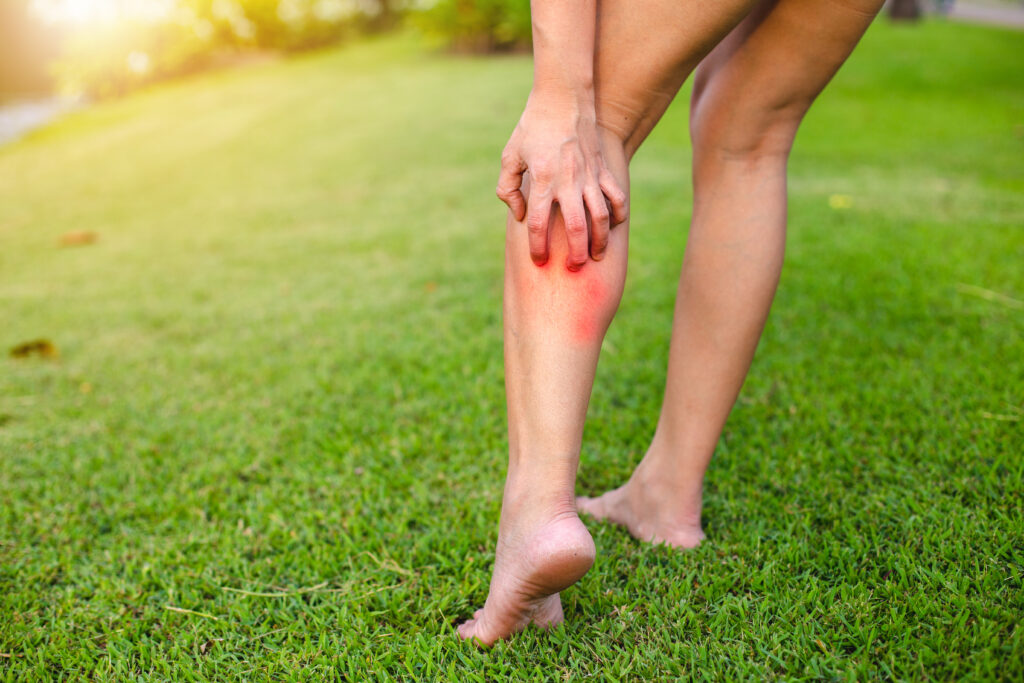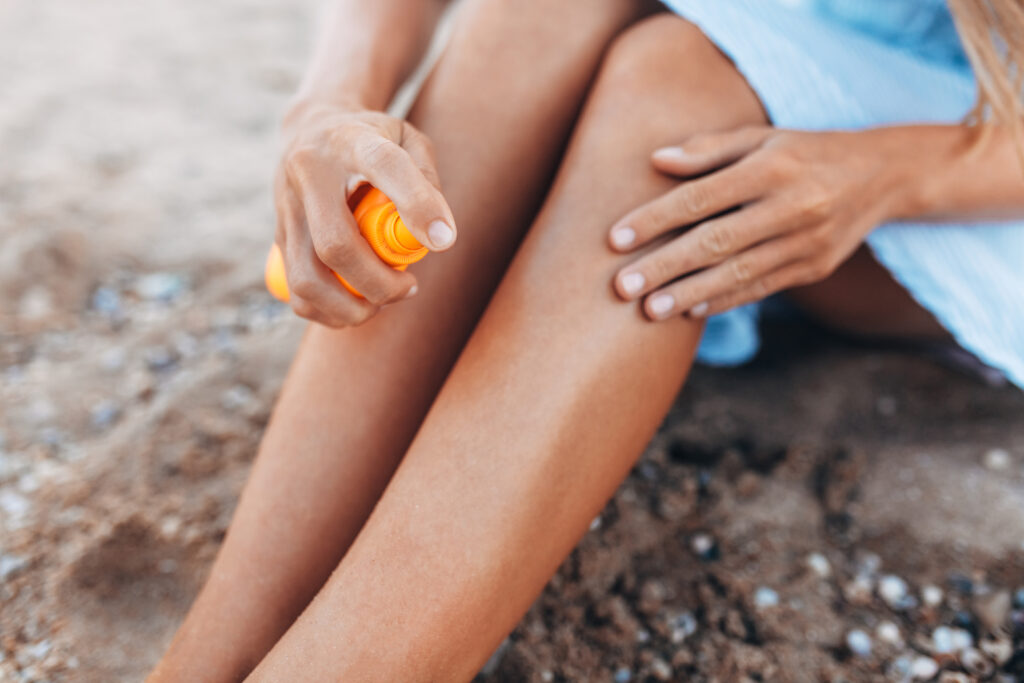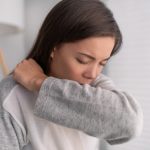April 28, 2023
Why Do My Legs Itch When I Walk?
Have you ever experienced itching in your legs when walking, running, or exercising? That sensation is known as runner’s itch. It is extremely common in people who start exercising again after taking an extended break from physical activity, such as the period from fall to spring.
Runner’s itch may be uncomfortable, but it is rarely a serious condition. However, if your itching legs are accompanied by dizziness or difficulty breathing, you may need to see your doctor.
Here are seven reasons your legs may itch when you exercise, and how to contact Healthcare Associates of Texas if you think you need treatment for runner’s itch.
7 Common Causes of Itchy Legs When Exercising
Many times, runner’s itch happens when you resume exercising following a relatively long break. For example, if it’s been a few years since you last went running or took a brisk walk, it’s common for your legs to itch during your exercise routine or for several minutes afterward. Some of the most common reasons for runner’s itch are:
1. Increased Blood Flow
High-intensity exercises like running will increase your heart rate.  As a result, the arteries and capillaries in your muscles will expand to help your blood flow more easily. If you don’t exercise regularly, the nerves surrounding your capillaries will be stimulated more than usual as the capillaries widen. Your brain often interprets this particular sensation as itching.
As a result, the arteries and capillaries in your muscles will expand to help your blood flow more easily. If you don’t exercise regularly, the nerves surrounding your capillaries will be stimulated more than usual as the capillaries widen. Your brain often interprets this particular sensation as itching.
2. Histamine Release
According to researchers, the body releases higher amounts of histamine during exercise to prevent fatigue.
Histamine is a chemical that plays a significant role in allergy symptoms. It is also involved in your brain health and sleep patterns. The release of extra histamine can cause runner’s itch due to the way this chemical causes your blood vessels and capillaries to expand.
3. Sensitive Skin
If you have dry or sensitive skin, your runner’s itch may be caused by allergies to the products you’re using to wash your workout clothes.
Try switching to a laundry detergent or fabric softener designed for people with sensitive skin. If you think your workout pants are causing itching legs, switch to shorts, or pants made with moisture-wicking fabrics. A simple wardrobe change could make your itching go away.
4. Exercise-Induced Urticaria
Urticaria is also known as hives. Exercise-induced urticaria is a condition that causes flushing, hives, and itching after you exercise.
This condition is rare. It usually only occurs after you do strenuous exercises in cold or hot weather. Other symptoms of exercise-induced urticaria include headache, stomach cramps, and difficulty breathing.
5. Exercise-Induced Vasculitis
Vasculitis refers to inflammation of the blood vessels. Exercise-induced vasculitis affects the blood vessels in the lower legs. It usually occurs after you do strenuous activities in hot weather, and is more common in women over 50.
Exercise-induced vasculitis does not usually affect the area of skin that your sock cuffs compress. In addition to causing itching legs, this condition may cause a burning or painful rash. If you have this type of vasculitis, your symptoms will typically go away on their own within a few days.
6. Exercise-Induced Purpura
Purpura is a rash of purple spots that show up when tiny blood vessels leak into your skin. Exercise-induced purpura is a condition that occurs in the lower legs after you do strenuous activities that work the leg muscles, such as long hikes and marathons.
Symptoms of this type of purpura include itching, burning, and leg pain, which usually go away within a few days. Like exercise-induced vasculitis, this condition does not affect the part of the skin covered by the sock cuff.
7. Allergies
Runner’s itch has also been associated with allergies, particularly food allergies. This possible cause of runner’s itch is far less common than other causes, and may also cause itching on different body parts.
When to See a Doctor
Fortunately, runner’s itch is rarely a serious condition that causes long-term problems. If it happens frequently, your doctor may recommend slowing down or taking a break when your symptoms begin. If your symptoms continue after treatment, your doctor may suggest exercising indoors to avoid the hot outdoor temperatures.
Make an appointment with your doctor if you have itching legs and any of these symptoms:
- Lightheadedness
- Dizziness
- Difficulty breathing
- Stomach cramps
- Swelling of the tongue or face
- Hives, along with severe pain and burning that doesn’t go away after 10 minutes
Your doctor can review your medical history, perform an exam, and run the necessary tests to learn the root cause of your symptoms. For instance, you may need an allergy test if your doctor thinks allergies cause your itching and hives.
Treatments for Runner’s Itch
Runner’s itch rarely requires treatment. Symptoms of this condition usually go away on their own after a few minutes, hours, or days.
The type of treatment you do receive for runner’s itch, if any, will depend on its root cause. For example, if seasonal allergies are causing your legs to itch when exercising, your doctor may prescribe antihistamines to reduce your symptoms. You may also try taking a warm bath with Epsom salts or oatmeal to relieve itching.
Your doctor may suggest tips for preventing runner’s itch from happening in the first place. Practical ways to prevent runner’s itch include:
- Exercising regularly throughout the year without taking long breaks
- Applying moisturizer to the skin on your legs to prevent dryness
- Drinking plenty of water. Water can help you stay hydrated and prevent dryness

- Switching to laundry detergents and fabric softeners that won’t cause itching or irritation
- Avoiding known triggers, such as pollen, if you have allergies
- Experimenting with wearing shorts or moisture-wicking pants to reduce itching
- Applying aloe vera gel to the skin to prevent or reduce itching
- Shaving your legs regularly (removing hairs on your legs may help reduce the severity of itching)
- Exercising indoors when it’s hot outside
- Exercising in a temperature-controlled environment
- Avoiding excess sun exposure when exercising
- Elevating your legs for 15 minutes during the day to increase circulation
Request an appointment with Healthcare Associates of Texas today if you think you may need treatment for itching legs. We can review your medical history, perform an exam, and discuss all your available treatment options.
References
- Luttrell, Meredith J., and John R. Halliwill. 2017. “The Intriguing Role of Histamine in Exercise Responses.” Exercise and Sport Sciences Reviews 45 (1): 16–23. https://doi.org/10.1249/jes.0000000000000093.
- Sijapati, Nikita, Monica Sciturro, Matthew Le, Jesus Lanza, Edgar Mercado, and Admir Seferovic. 2022. “Exercise-Induced Urticaria: A Rare Case Report.” Cureus, March. https://doi.org/10.7759/cureus.23062.
- Jud, Philipp, and Franz Hafner. 2018. “Exercise-Induced Vasculitis.” CMAJ : Canadian Medical Association Journal 190 (7): E195. https://doi.org/10.1503/cmaj.171377.
- Ramelet, Albert-Adrien. 2004. “Exercise-Induced Purpura.” Dermatology 208 (4): 293–96. https://doi.org/10.1159/000077837.
DISCLAIMER
The information featured in this site is general in nature. The site provides health information designed to complement your personal health management. It does not provide medical advice or health services and is not meant to replace professional advice or imply coverage of specific clinical services or products. The inclusion of links to other web sites does not imply any endorsement of the material on such websites.



